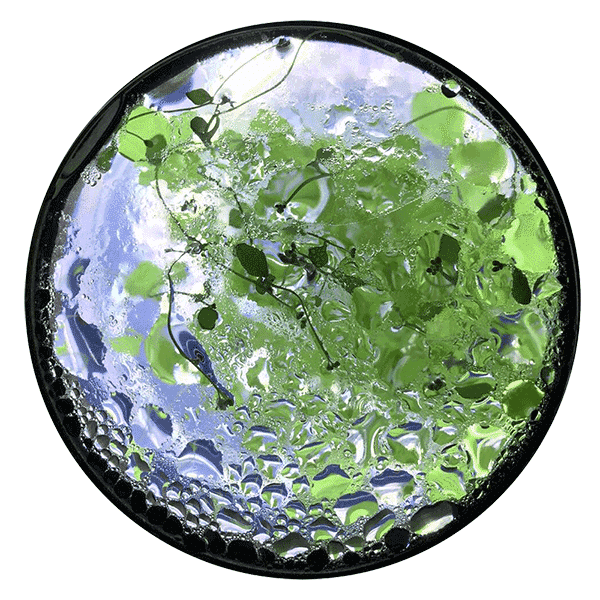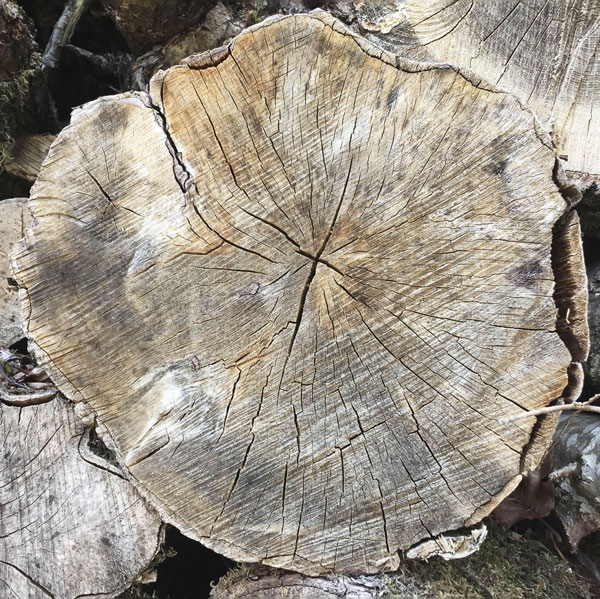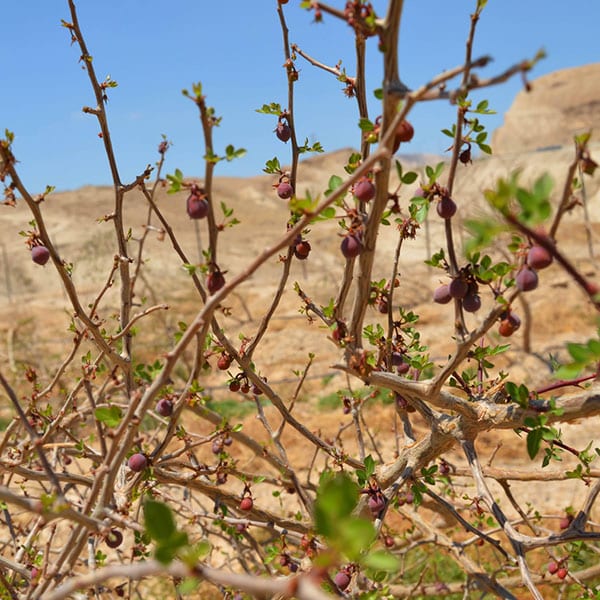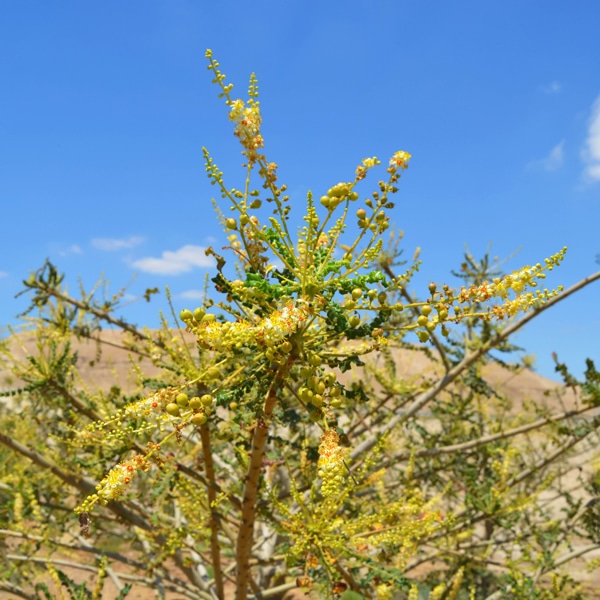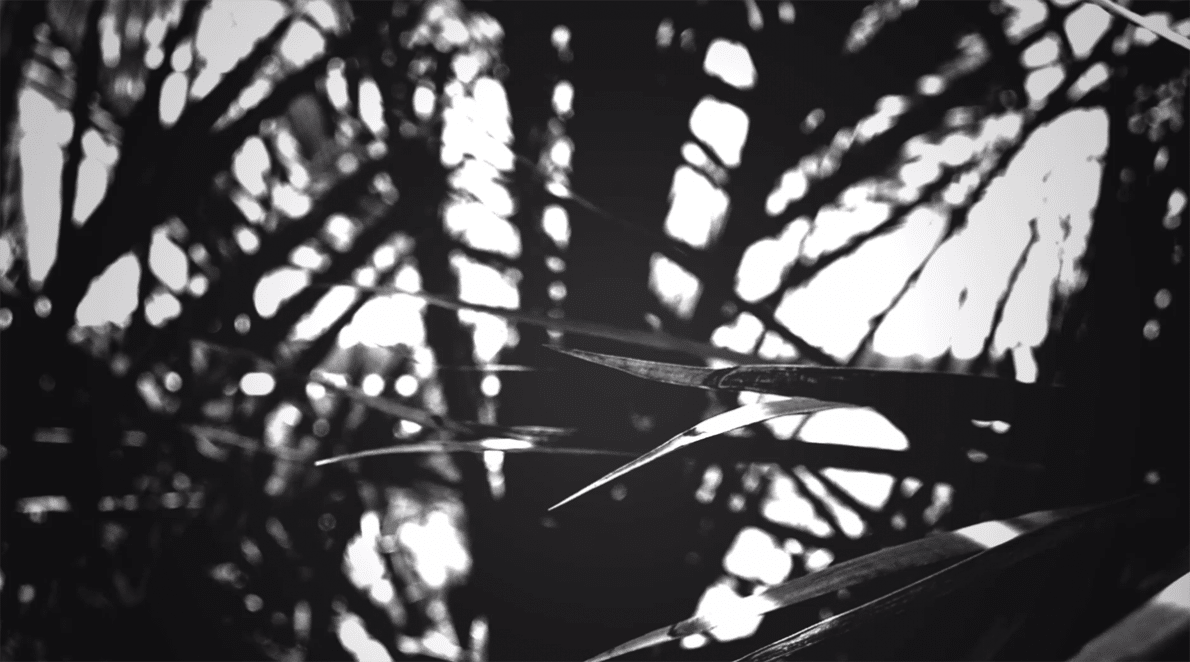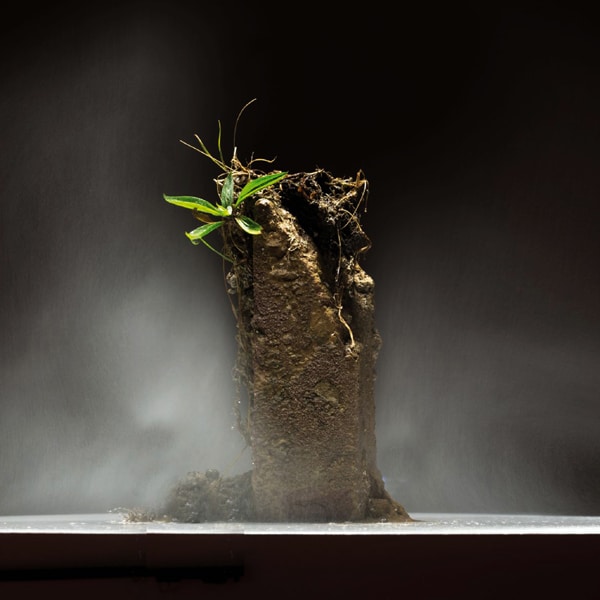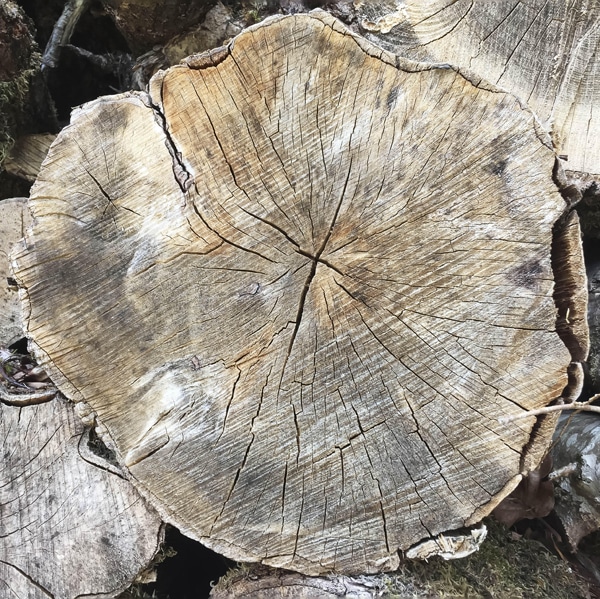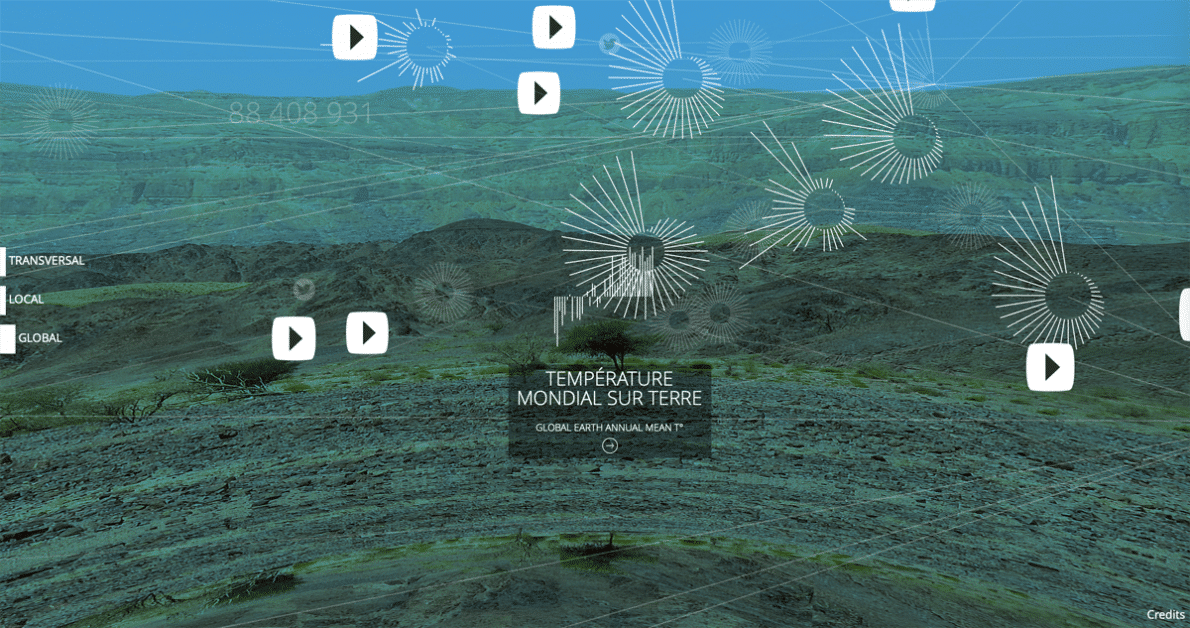The encounter between Art and Science, which is evident in this exhibition, may surprise, even though this pairing is not so new. In times past, artists helped scientists to illustrate their findings in anatomy and botany with drawings and paintings. However, rapid developments in the arts and the sciences brought about a perception of opposition, and even rivalry, between them. Changes in science and technology in recent decades created opportunities for new encounters. Artists turn more and more toward computers, telecommunications and new media, artificial intelligence and virtual reality, and research, while scientists and technology specialists embrace historical, cultural, and social knowledge. As we study Olga Kisseleva's works we realize that they are the products of collaborations with experts in many fields of knowledge.
In 1999, Olga Kisseleva (b. St. Petersburg, 1965) founded the first program combining science and art at the Art Department in the Sorbonne University, in Paris. Since then, the Art & Science Laboratory has grown under her direction, offering full partnership to scholars from the humanities and the exact sciences, and in 2016 the team of researchers won recognition as an international Art & Science institute. The university engaged experts from the fields of philosophy, linguistics, social sciences, and art studies, and Kisseleva created partnerships with several major research centers in France and worldwide. Her projects have been presented in major museums in Europe, Russia, North America, and Asia.
The exhibition at the Negev Museum of Art is part of an international project, which originated in 2012 under the title of EDEN (Ethics, Durability, Ecology, Nature). The project is based on the idea of continuing the restoration of the enchanted gardens of Eden and Arcadia, in an effort to restore extinct plant species and prevent the loss of endangered ones. In collaboration with botanists and geneticists in various countries the enterprise restores plants in France, Chile, China, Kazakhstan, and in the Negev. Among the restored species are trees carrying profound symbolic meanings that interweave elements of history, philosophy, and religion, which enables also the restoration of fragments of lost cultures.
BNW (Biological NetWork) is a series of technology-based works at the center of the research and the exhibition on display on the top floor. Following studies that have pointed to the ability of plants to communicate among themselves, Kisseleva examines the notion of listening to the inter-tree conversation, and perhaps even participating in it.
The revival of extinct plants and the study of environmental and ecological issues is an important part of the agenda of science, including in Israel. In the Negev and in the Arava desert, there are efforts to restore legendary local species such as the Balm of Gilead (Afarsimon), which was believed to have healing properties, and the date palm, a major local nutritional resource. The works connect the various research fields and give them a new visual dimension, enabling the imagining of the past through thinking about the present and the future. At the close of the exhibition, on the ground floor, the visitors can meet the growing future – living trees raised from ancient seeds.
Curator: Dr Dalia Manor
Assistant curator: Nirit Dahan
Be'er Sheva municipality
Kivunim
Ministry of Culture and Sport
Arava Institute for Environmental Studies, Kibbutz Ketura
INRA National Institute for Agronomical Research
ORANGE Corporation
Lilia Chak, Art&Science International Institute, Sorbonne University, Paris


